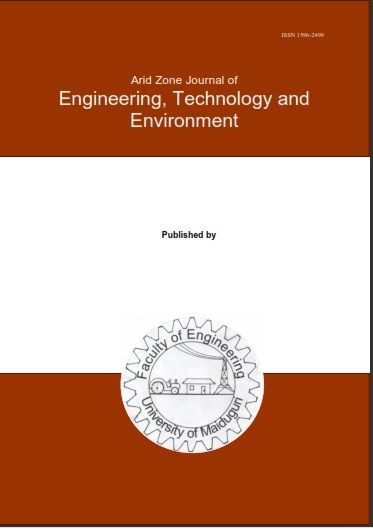Abstract
Groundwater is the largest reservoir of drinkable water, accounting for approximately 22% of the world’s freshwater. However, regular crude oil spills have resulted in severe groundwater contamination by Polycyclic Aromatic Hydrocarbons (PAHs), which harm human health and the environment. This investigated the presence and concentration of PAHs in groundwater in Ibelebiri in Ogbia, Bayelsa State, Nigeria, following an oil spill, to determine contamination pathways and potential consequences. Soil samples were taken from three locations (L1, L2, L3) and three depths (topsoil, subsoil, and aquifer) and examined for PAHs such as Naphthalene, Acenaphthene, Fluorene, Pyrene, Anthracene, and Benzo(a)anthracene. Laboratory results found that Naphthalene had the highest concentration in all samples, particularly topsoil, whereas heavier PAHs such as Pyrene and Anthracene had lower quantities, notably in aquifer samples. The Leach Pollution Index (LPI) ranged from 81,199.25 to 83,374.10, indicating a high level of contamination potential. Statistical analysis using ANOVA revealed significant variation in the concentrations of lighter PAHs such as Naphthalene (P-value = 0.00059193) and Fluorene (P-value = 0.002376112) between soil layers, while heavier PAHs such as Pyrene (P-value = 0.969122843), Anthracene (P-value = 0.984906863), and Benzo(a)anthracene (P-value = 0.358155023) showed no significant differences across the samples. The findings underline the necessity for focused remediation measures to mitigate groundwater contamination while safeguarding public health and environmental quality.

This work is licensed under a Creative Commons Attribution-NonCommercial-NoDerivatives 4.0 International License.
Copyright (c) 2025 ARID ZONE JOURNAL OF ENGINEERING, TECHNOLOGY AND ENVIRONMENT

